Those familiar with my previous articles will know that I utterly admire pink-flowering plants. I am therefore thrilled to cover the gorgeous and ever-perky Pimelea rosea today.
Featuring striking clusters of small bright-pink blooms that crown upright branches, this shrub can certainly create highly ornamental displays in outdoor spaces. Furthermore, the flowers are variegated in tints of whites and pinks, alluding to a more purplish hue from a distance.
More...
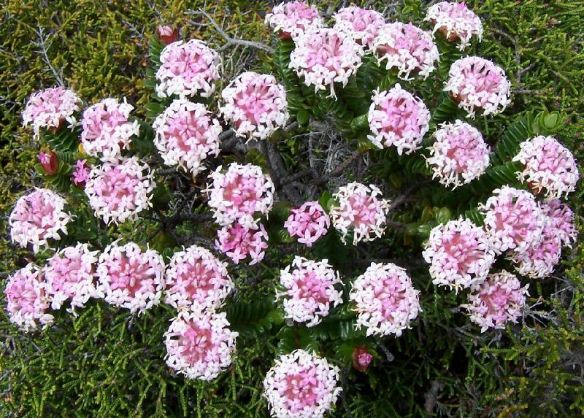
Family: | Thymelaeaceae |
|---|---|
Genus: | Pimelea |
Species: | P. rosea |
Common Names: | Rose Banjine, Rice Flower |
Origin: | Australian Native |
Location: | Outdoor |
Type: | Shrub |
Growth: | 1 to 1.5 metres tall, 0.5 to 1 metre wide |
Sun requirements: | Full sun to light shade |
Foliage Colour: | Green |
Flower Colour: | Pink |
Flowering: | Spring |
Edible Parts: | Edible petals |
Maintenance level: | Low |
Poisonous for pets: | All parts are highly toxic to cats and dogs |
In this article, I will be covering everything you need to know to grow and care for this attractive native shrub in your garden. Apart from its dazzling flowers, this small but showy shrub sports narrowly elliptic evergreen leaves and a useful dense and upright habit, making it a fantastic addition to almost any Australian garden.
Enjoy this easy-to-grow specimen and effortlessly add some interest and spectacle to your garden.
Introducing Pimelea Rosea
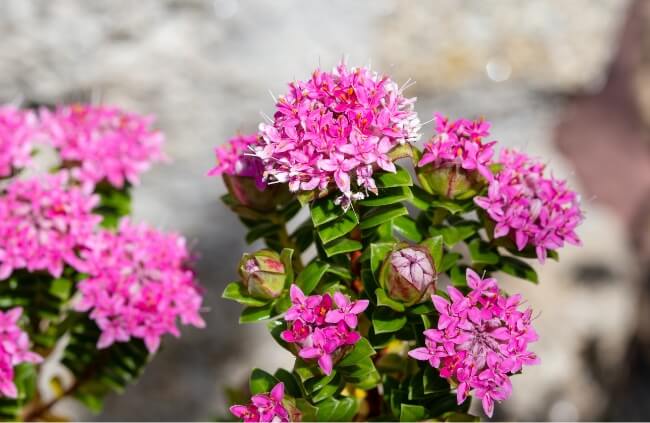
Part of the Thymelaeaceae family, this Pimelea species is native to the south-west of Western Australia where it thrives in the coastal and woodland regions. Its common names include rose banjine and rice flower.
While I have heard of some success stories in tropical areas, this plant does grow best in temperate and cooler climates. The shrub will typically grow at a moderate rate to 1 to 1.5 metres tall and 0.5 to 1 metre wide with a useful dense and compact habit for home landscaping.
Cultivars and Relatives
The prized cultivar, Pimelea rosea ‘Deep Dream’, features more purple colours in its blooms, enhancing that intense floral display from spring to summer.
The information I cover in this guide can relate to both P. rosea as well as the deep dream cultivar. Pimelea rosea is more similar to its relative, Pimelea ferruginea than to its other comparable, Pimelea physodes, in that its flower structure is akin.
Common Landscaping Applications of Pimelea rosea
This shrub makes for an excellent feature specimen for rockeries and borders. Alternatively, it can be grown in containers as it responds well to being potted up. It will look fantastic planted in cottage gardens as well.
How to Grow Pimelea rosea
I wouldn’t recommend growing this species from seed as it is usually a very unreliable method. Rather, propagate it using cuttings as this is a tried and tested procedure.
Propagating Rice Flower using Cuttings
- Using sharp and sterilised secateurs, take cuttings from the firm, current season’s growth. Each cutting should be at least 12-15 centimetres in length.
- Remove the lower leaves then prepare containers filled with a quality potting mix.
- Dip the cut ends into some rooting hormone, then plant the cuttings into the mix.
- Water after planting then place the cuttings in a warm and sheltered location that receives bright indirect light.
- Keep the cuttings well-watered until they have rooted.
Ideal Conditions for Planting Pimelea rosea
Sunlight and Soil Preference
These shrubs love a sunny spot! Full sun to light shade will do. Try to also plant it in an open position that gets good air circulation for the best results.
Pimelea rosea and its cultivar, Pimilea ‘Deep dreams’ can tolerate a wide range of soil conditions. However, they tend to prefer loam or sandy-loam soil with good drainage. Use a quality potting medium for container-grown plants.
Caring for Pimelea rosea
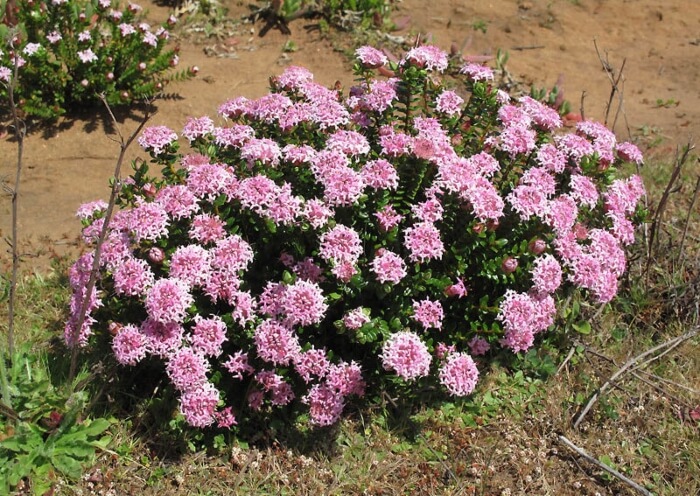
Source: Plants of the World Online
Once established, rose banjines are tolerant to drought and light frosts. If you live in a colder region, consider overwintering the shrub indoors or protect it with a frost cover.


Get Your Free Guide:
Master Growing Australian Natives eBook
A Must Have Complete Guide for Every Australian Garden
Get Your Free Guide:
Master Growing Australian Natives eBook
A Must Have Complete Guide for Every Australian Garden
Watering Schedule
The shrub is very waterwise once mature. They only need about a cup of water every 8 to 10 days. Additional watering may be required during dry spells.
Fertilising Rose Banjine
Feed with a quality native fertiliser in early spring to encourage prolific flowering. Water afterwards to avoid any root burn.
Pruning Pimelea rosea
Not much pruning is needed with this plant. I barely worry about mine generally. Simply prune away flowers that have died back to promote a denser habit. You can also leave it untrimmed as the shrub has a naturally tidy habit.
Pests and Diseases
There are no pest or disease issues to note with this species. However, all parts of the plant are toxic to cats and dogs as well as cattle, sheep and horses, so be sure to pick your planting site accordingly.
Perk Up Your Garden with Pimelea rosea
I hope I’ve managed to highlight all the excellent reasons to consider growing Pimelea rosea in your garden. I don’t think there are many native shrubs able to produce such showy pink floral displays so be sure to chat to your local specialists to find your Pimelea rosea and easily elevate your outdoor spaces.
Published on February 16, 2010 by Nathan Schwartz
Last Updated on March 15, 2024

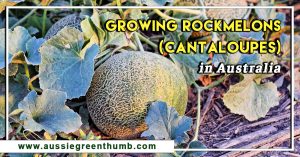
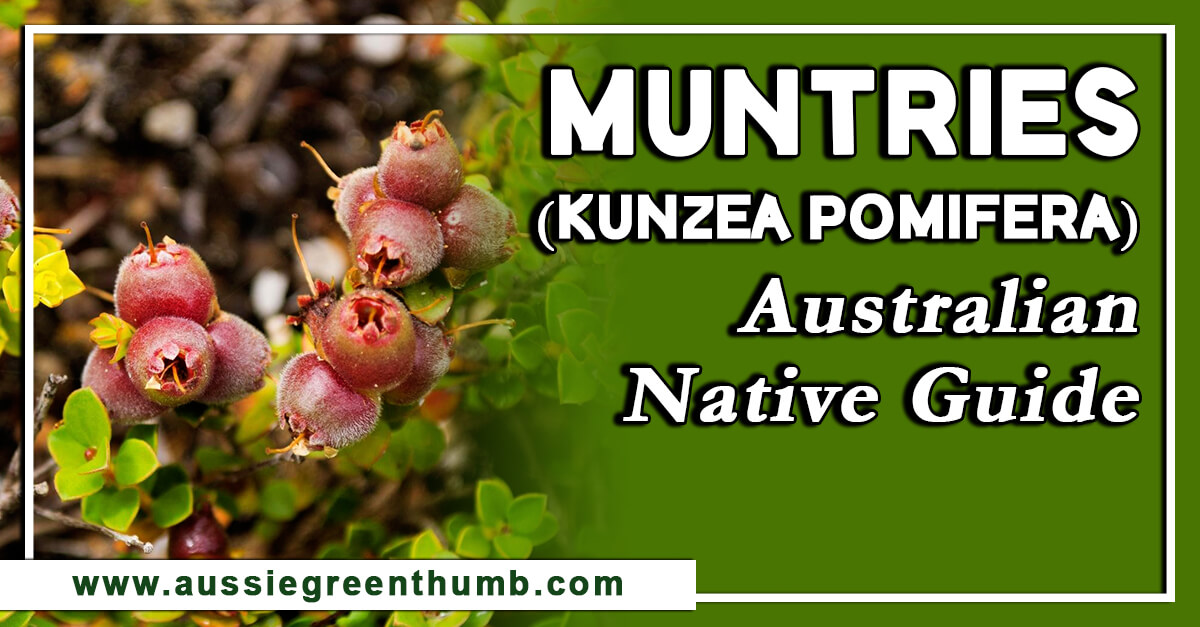


These are just lovely … can’t wait until they develop a more tropic friendly variety. I’ll be on the lookout for it in the future.
They really are quite special. And such a wide range WITHIN the one species, it is brilliant.